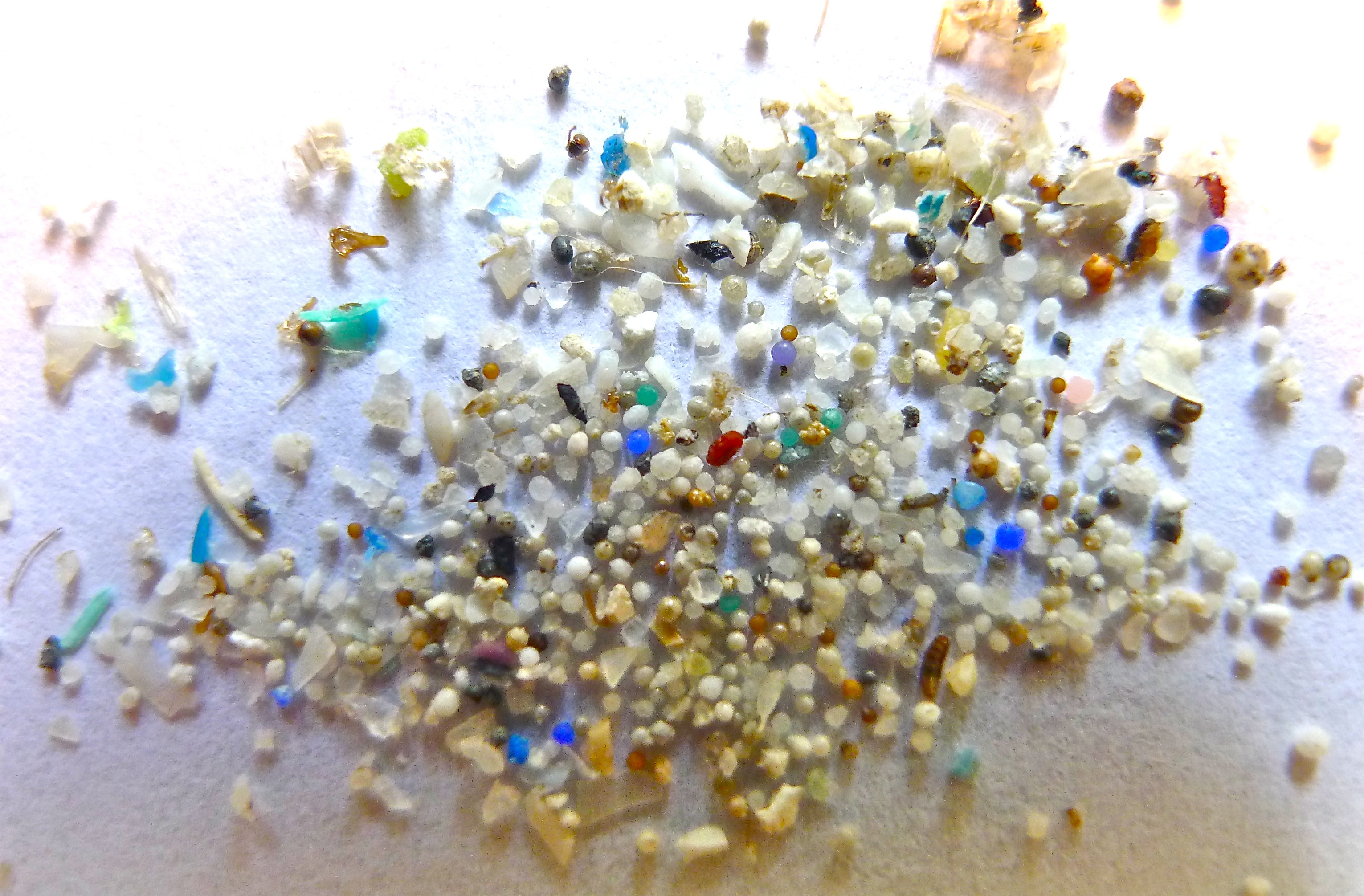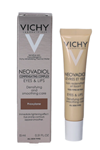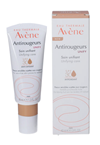Introduction to NanoRiskCat
In the product inventory, each product has been assigned a short title describing the use of the nanomaterial and a color code consisting of five dots. The first three dots always refer to potential for exposure to professional end-users, consumers and the environment in that sequence and the last two colors always refer to the hazard potential for humans and the environment. The colors signify whether the indications of exposures or effects separately are high (red), medium (yellow), low (green), or unknown (grey).

The color codes have been assigned using the NanoRiskCat framework and the methodology described in the report NanoRiskCat – A Conceptual Decision Support Tool for Nanomaterials by Hansen et al. (2011).
For each product, the color codes of the first three dots, related to exposure potential for professional end-users, consumers and the environment were assigned based on 1) the location of the nanomaterial (bulk, on the surface, liquid or airborne (see What is Nano?) and 2) an evaluation of the potential for nanomaterial exposure based on the description of product and its use (“to be digested”, “to be applied on the skin”, etc.) as well as the environmental release potential due to its use.
When assigning a color to the dot representing the potential human health hazard (dot number four) of a given nanomaterial the following indicators/qualifiers were considered:
- Does the nanomaterial fulfill the HARN paradigm [1]?
- Is the bulk form of the nanomaterial known to cause or may cause serious damaging effects, i.e. is the bulk form classified according to the European Regulation on classification, labelling and packaging of substances and mixtures (CLP)[2] with regard to one or more serious health hazards such as germ cell mutagenicity, carcinogenicity or reproductive toxicity in category 1A, 1B or 2?
- Is thebulk formof the nanomaterial classified for other less severe adverse effects according to the CLP such as skin corrosion/irritation category 2 and specific target organ toxicity-single exposure category 3?
- Is the specificnanomaterialknown to be acute toxic?
- Are there indications that the nanomaterial causes genotoxic, mutagenic, carcinogenic, respiratory, cardiovascular, neurotoxic or reproductive effects in humans and/or laboratory animals or has organ-specific accumulation been documented? (see figure 1)
When assigning a color to the dot representing the potential environmental hazards (dot number five), it was considered whether the nanomaterial in question is reported to be:
- Hazardous to environmental species?
- Persistent?
- Bioaccumulative?
- Leading to potentially irreversible harm to the environment (e.g. ecosystem effects)?
- Readily dispersed?
- Novel?
Peer-reviewed scientific literature and other regulatory relevant sources of information and data were used to assess the potential human and environmental hazards and fill in the color codes.
As a general principle, human and environmental hazards information related to the bulk form of the material has been used as a starting point to describe the possible minimum level of concern for the nano-sized form of the same material.” It is assumed that information about the bulk form of the material can be used under the assumption that any toxicological and ecotoxicological effects of the nanomaterial are equal to or larger than those reported on for the bulk material. Therefore, the hazard data obtained from the bulk material may be considered as the lowest level of concern with regard to the nanomaterial.
It is important to note that assigning the color codes for hazard potential in NanoRiskCat is a stepwise and tiered approach in the sense that once a color code has been triggered this finalizes the screening process.
The short title describing the use of the nanomaterial indicates which nanomaterial(s) were subject to the NanoRiskCat profiling and helped defined the scope of the literature review completed e.g. “Carbon nanotubes used in tennis racquet” or “single-walled carbon nanotubes used in tennis racquet”. Hence if producers claimed to be using carbon nanotubes, all the literature on carbon nanotubes were considered for the profiling even though it is acknowledged that there is a huge difference between the various forms of carbon nanotubes. However, if producers state to be using single-walled carbon nanotubes, only the literature on single-walled carbon nanotubes was included.
As stated by Hansen et al. (2011): “It is important to underline that the NanoRiskCat color code of a given product is related to the nanomaterial as an ingredient under the physical conditions it occurs in the product. NanoRiskCat does not evaluate exposure and effects from the other constituents and impurities in the product nor does it take into account the specific content of nanomaterial in the product.”
Moreover, Hansen et al. (2011) acknowledges that “a significant weakness of NanoRiskCat is that many of the cut-off values used primarily in the environmental hazard evaluation is based on dose-by-mass which we know is probably not valid for all nanomaterials as it is an ongoing discussion on which dose-metrics will be the best to use in nano-ecotoxicology. Furthermore, the process by which the color code is assigned to human hazards associated with the nanoform of a given material is based primarily on scientific expert judgment and a holistic assessment of the evidence of mutagenicity, carcinogenicity, respiratory toxicity, etc. As expert interpretation of scientific literature vary, so can the conclusion reached and the human hazard color code assigned to nanomaterial. It is not possible to provide clear-cut guidance and rules at this point in time for how to complete holistic evaluation of the human and environmental hazards associated with the nanoform of a given material”. In the Nanodatabase inventory we give our evaluation of the human and environmental hazard of the nanomaterials used in the consumer products in the inventory.
[1] HARN refers to High Aspect Ratio Nanoparticles indicating that the nanoparticles have a length to diameter aspect ratio greater than 10:1. Furthermore, it is required that: 1) The diameter of the fibres must be thin enough pass ciliated airways; 2) the length must be long enough to initiate the onset of e.g. frustrated phagocytosis and other inflammatory pathways; and 3) the nanomaterials must be biopersistent (Tran et al.2008).
[2] Regulation (EC) No 1272/2008 of the European Parliament and of the Council of 16 December 2008 on classification, labelling and packaging of substances and mixtures, amending and repealing Directives 67/548/EEC and 1999/45/EC, and amending Regulation (EC) No 1907/2006 November 2012
 English
English Danish
Danish










